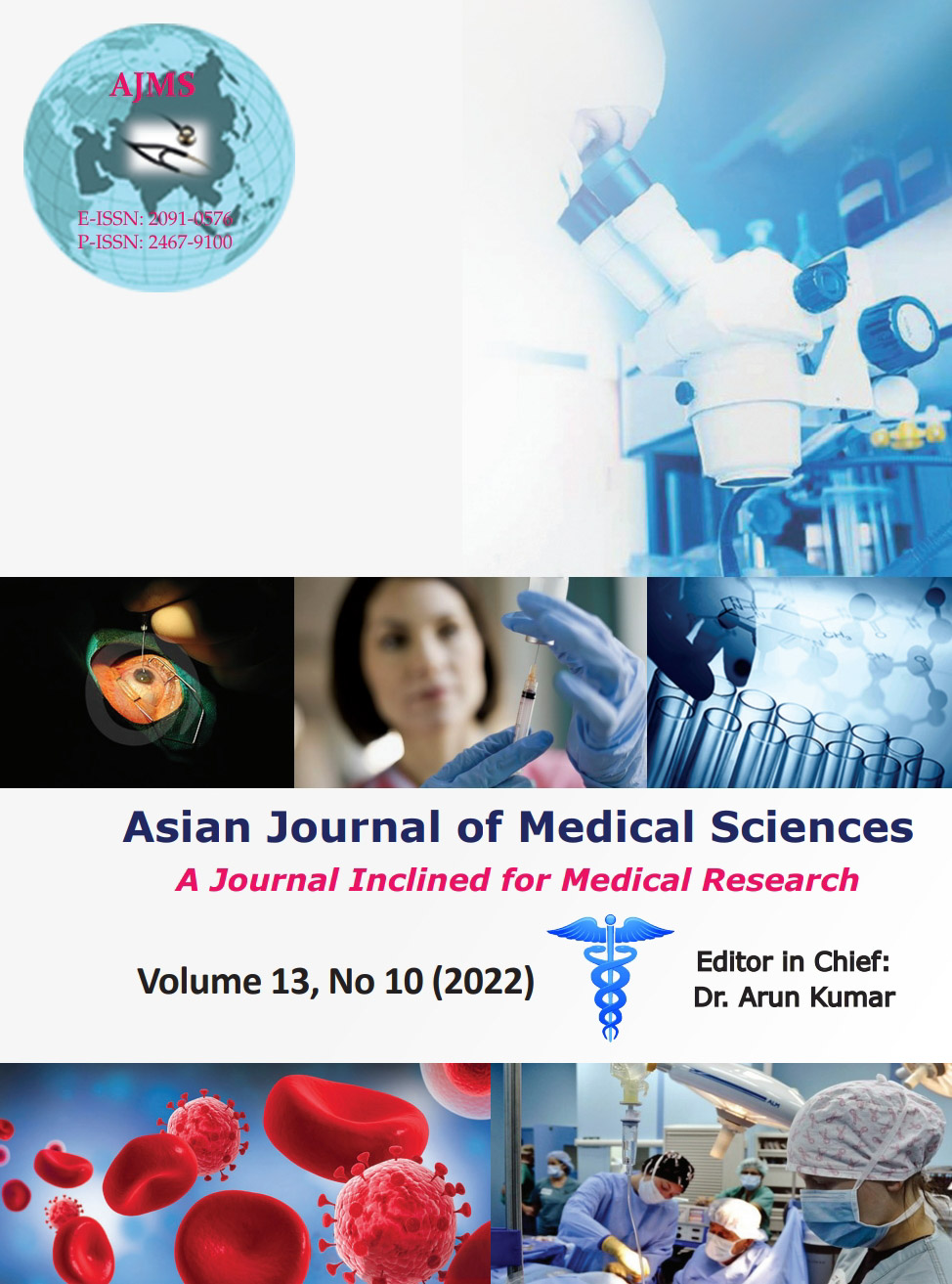Clinico-mycological profile and trichoscopic findings among pediatric tinea capitis patients: A cross-sectional study from northern India (Haryana)
Keywords:
Comma hair; Perifollicular scaling; Short broken hair; Tinea capitis; Trichophyton spp.; TrichoscopeAbstract
Background: Tinea capitis (TC) is the most common cause of hair loss in pediatric patients leading to varied manifestations. Essentially, TC is a superficial infection which affects hair shaft, hair follicle, and the scalp.
Aims and Objectives: The aims of this study were to describe the clinic-mycological characteristics and trichoscopic findings of TC among pediatric patients.
Materials and Methods: This cross-sectional study was undertaken in Shaheed Hasan Khan Mewati, Government Medical College and Hospital after obtaining approval from the Institutional Ethics Committee. All the pediatric patients of TC enrolled during the study period of 1.5 year (between January, 2020 and June, 2021). Trichoscopy was performed and findings were recorded on a predesigned pro forma. All participants were clinically examined and sample of hair and scalp scrapping was taken for mycological investigation (potassium hydroxide [KOH] and Sabouraud Dextrose Agar culture).
Results: Among 100 children of TC (M/F=2.2), gray patch type TC was most common, whereas pustular variant was least common. Trichoscopic findings were seen in all 100 cases with short broken hair being most common. Perifollicular scaling was statistically significant in gray patch TC, black dot, and comma shape in black dot TC and, crock screw hair and thick crust in kerion TC. By combining perifollicular scaling, comma hair, short-broken hair, black dot, and erythema, a sensitivity of 98.8% was achieved. KOH revealed fungal spore/hyphae in 79% patients with ectothrix pattern (56.9%) more commonly than endothrix pattern (34.2%). Trichophyton violaceum (25.9%) was the most common species isolated among culture positive patients.
Conclusion: Trichoscopy could be a simple, valuable, non-invasive, rapid, and easy to perform method for diagnosing tinea capitis in resource poor settings, where mycological culture facility is not available and in situations where delay in treatment can be counterproductive.
Downloads
Downloads
Published
How to Cite
Issue
Section
License
Copyright (c) 2022 Asian Journal of Medical Sciences

This work is licensed under a Creative Commons Attribution-NonCommercial 4.0 International License.
Authors who publish with this journal agree to the following terms:
- The journal holds copyright and publishes the work under a Creative Commons CC-BY-NC license that permits use, distribution and reprduction in any medium, provided the original work is properly cited and is not used for commercial purposes. The journal should be recognised as the original publisher of this work.
- Authors are able to enter into separate, additional contractual arrangements for the non-exclusive distribution of the journal's published version of the work (e.g., post it to an institutional repository or publish it in a book), with an acknowledgement of its initial publication in this journal.
- Authors are permitted and encouraged to post their work online (e.g., in institutional repositories or on their website) prior to and during the submission process, as it can lead to productive exchanges, as well as earlier and greater citation of published work (See The Effect of Open Access).




